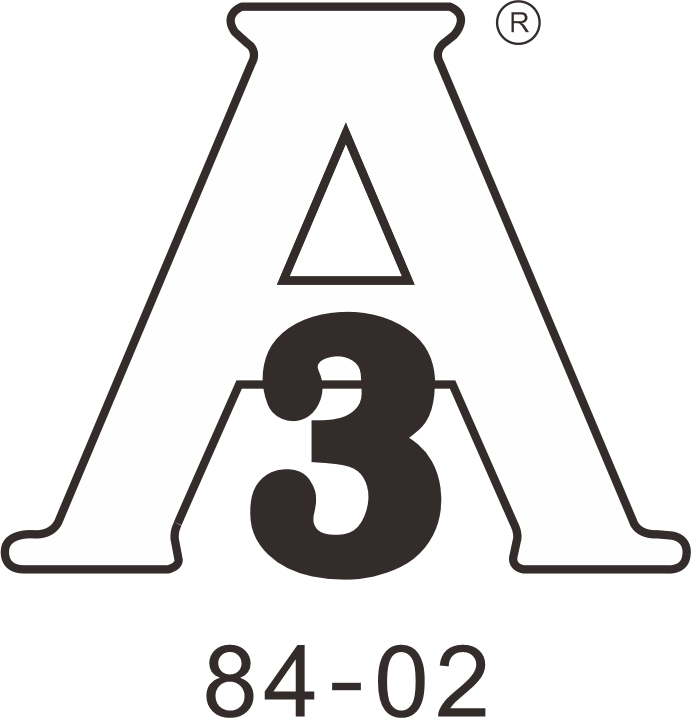Introduction-Sanitary Fittings
What are sanitary Fittings ?
Sanitary Fittings are cleanable tubing connections installed in systems of process piping to ensure sterility and cleanliness. Like regular fittings, sanitary fittings connect sections of piping systems to regulate the flow of fluid, but sanitary fittings are specially designed and made to prevent the entrapment, formation, and spread of bacteria in the piping system.
Also known as hygienic piping or high purity piping, sanitary fittings are most commonly used in the biological, pharmaceutical, medical, food, and beverage, dairy, cosmetic and personal care industries. These industries require high levels of hygiene, sterility, and cleanliness.
Sanitary fittings are also used in facilities that use potentially dangerous chemicals, to minimize safety risks and to ensure that no contamination takes place through the leakage. The role of sanitary fittings is thus paramount in ensuring that safety and hygiene standards are maintained at all times of operation.
They ensure that the required levels of hygiene and sterility are maintained during use because they are cleanable. They can be cleaned either by being dismantled and cleaned manually or through an inbuilt clean-in-place (CIP) process.
Most sanitary fittings are made of stainless steel. Sanitary fittings must be made of sterilizable and corrosion-resistant materials that can withstand frequent exposure to high temperatures, pressure, and chemicals. Stainless steel is the most commonly used material for sanitary fittings for process piping, with high-grade alloys also sometimes used. Stainless steel is naturally antimicrobial and is resistant to rust and corrosion. It is also an easy-to-clean surface that is perfectly suited to facilities where hygiene and cleanliness are of primary concern.
Sanitary fittings are typically used as pneumatic or hydraulic fittings to connect sections of pipes, tubes, and hoses as part of a process piping system.









